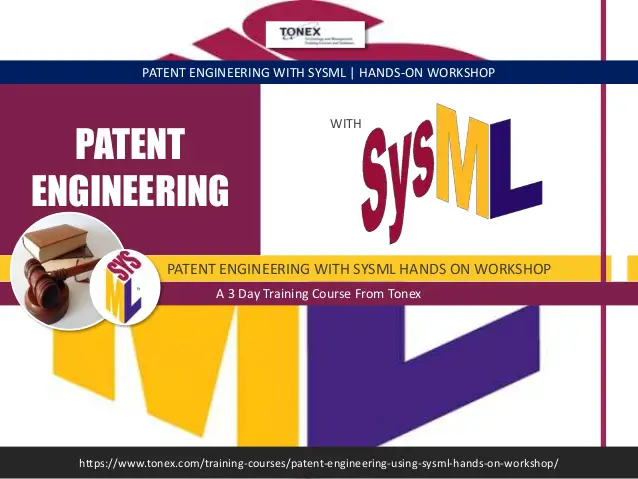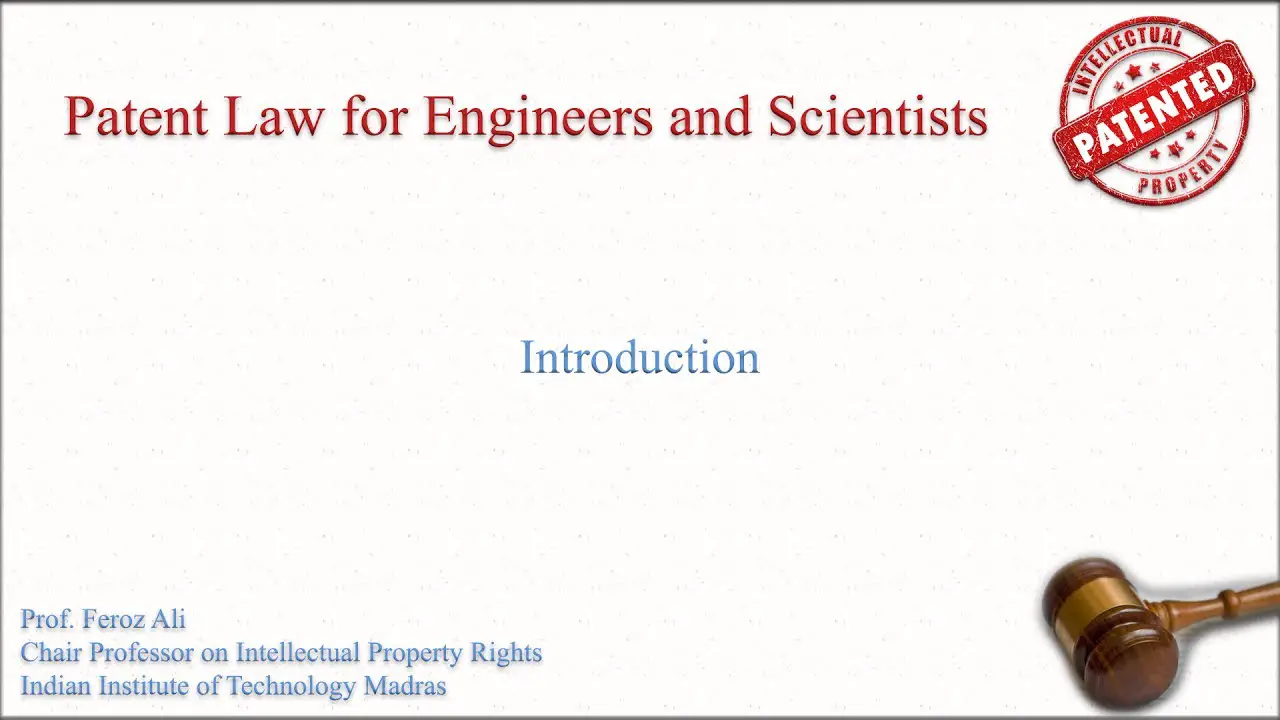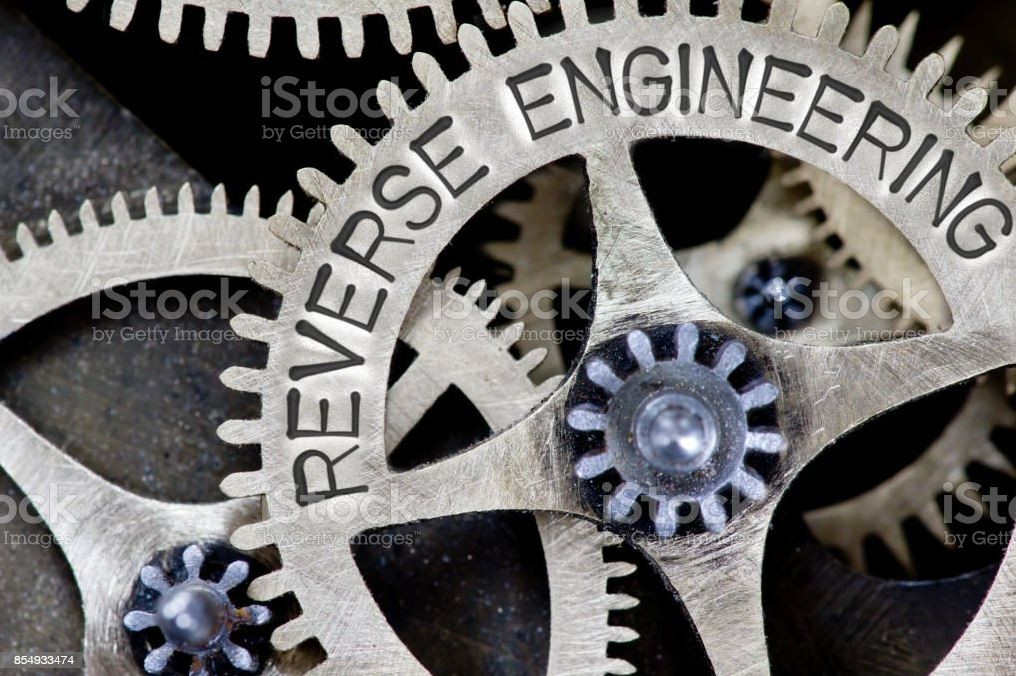The Impact Of Reverse Engineering On Patent Law
Introduction

Reverse engineering involves disassembling a product to elucidate its design, structure, and functionality. This practice has been around for centuries, and it has played a significant role in technological advancement. In the realm of patent law, reverse engineering raises complex questions regarding intellectual property rights, innovation, and competition. This essay explores the impact of reverse engineering on patent law, examining its implications for innovators, competitors, and the broader public.

Understanding Reverse Engineering
To fully grasp the influence of reverse engineering on patent law, it is essential to comprehend the process itself. Reverse engineering entails meticulously dismantling a product, studying its components, and analyzing its inner workings. This process allows engineers and researchers to gain insights into the product’s design, materials, and manufacturing techniques. The knowledge acquired through reverse engineering can be utilized for various purposes, including:
- Identifying areas for improvement
- Developing compatible or complementary products
- Identifying potential vulnerabilities
- Troubleshooting and maintenance
The Legal Framework
Patent law, serving as the cornerstone of intellectual property protection, grants inventors exclusive rights over their creations for a specific duration. This legal framework aims to incentivize innovation by ensuring that inventors can reap the financial rewards of their inventions. However, reverse engineering presents a challenge to patent rights.
Patent law does not explicitly prohibit reverse engineering. On the contrary, the right to reverse engineer has been recognized in several jurisdictions, often falling under the ambit of fair use or experimental use exceptions. These exceptions allow individuals to reverse engineer patented products for legitimate purposes, such as research, education, and interoperability.
Balancing Innovation and Competition
The legality of reverse engineering has created a delicate balance between innovation and competition. On the one hand, reverse engineering fosters innovation by enabling competitors to learn from existing products and develop new and improved versions. This competitive pressure drives technological advancement and ultimately benefits consumers.
On the other hand, reverse engineering can also stifle innovation by undermining the economic incentives for companies to invest in research and development. If competitors can easily reverse engineer patented products and replicate them, the incentive to innovate diminishes. This concern is particularly salient in industries where innovation cycles are rapid and knockoffs can quickly flood the market.
The Role of Patents
Patents serve as a crucial tool for innovators to protect their intellectual property and recoup their investment in research and development. By granting a temporary monopoly over an invention, patents provide inventors with the incentive to bring new products to the market. However, the strength of patent protection can vary significantly.
Strong patents offer robust protection against reverse engineering, making it more challenging for competitors to replicate the invention. Weak patents, on the other hand, provide limited protection, rendering products more susceptible to reverse engineering. This variation in patent strength can have a significant impact on innovation and competition.
Public Interest Considerations
The impact of reverse engineering on patent law extends beyond the realm of innovators and competitors. Public interest considerations also play a vital role in shaping the legal landscape. Reverse engineering can promote access to technology, particularly in cases where patented products are prohibitively expensive or unavailable due to geographical constraints.
Moreover, reverse engineering can contribute to the development of new industries and technologies by facilitating the creation of compatible or complementary products. This cross-fertilization can lead to substantial economic benefits and foster a more dynamic and innovative ecosystem.
Conclusion
The impact of reverse engineering on patent law is multifaceted, affecting innovators, competitors, and the broader public. While reverse engineering can spur innovation and promote competition, it can also undermine the incentives for companies to invest in research and development. The legal framework governing reverse engineering seeks to strike a balance between these competing interests. The strength of patent protection, the purpose of reverse engineering, and public interest considerations all play a role in determining the legality and scope of reverse engineering activities. As technology continues to evolve, patent law will need to adapt to address the challenges posed by reverse engineering while ensuring that innovation and competition remain vibrant.


OMG, this is so cool! I never thought about reverse engineering in this way before.
I’m not so sure about this. It seems like it could lead to companies stealing each others’ ideas.
Actually, there are laws in place to prevent companies from stealing each others’ ideas. Reverse engineering is only legal if it’s done for the purpose of studying the product and not for copying it.
I think reverse engineering is a good thing because it forces companies to be more innovative. If they know that their products can be easily copied, they’ll have to work harder to develop new and improved products.
So, basically, reverse engineering is like the ultimate form of flattery? Companies are so flattered by each other’s products that they just have to copy them.
Oh, yeah, reverse engineering is totally legal. Just ask the Chinese government.
I’m not sure what all the fuss is about. Reverse engineering is just a fancy way of saying ‘copying.’ And copying is what humans have been doing since the beginning of time.
The issue of reverse engineering is a complex one with no easy answers. There are valid arguments to be made on both sides of the issue.